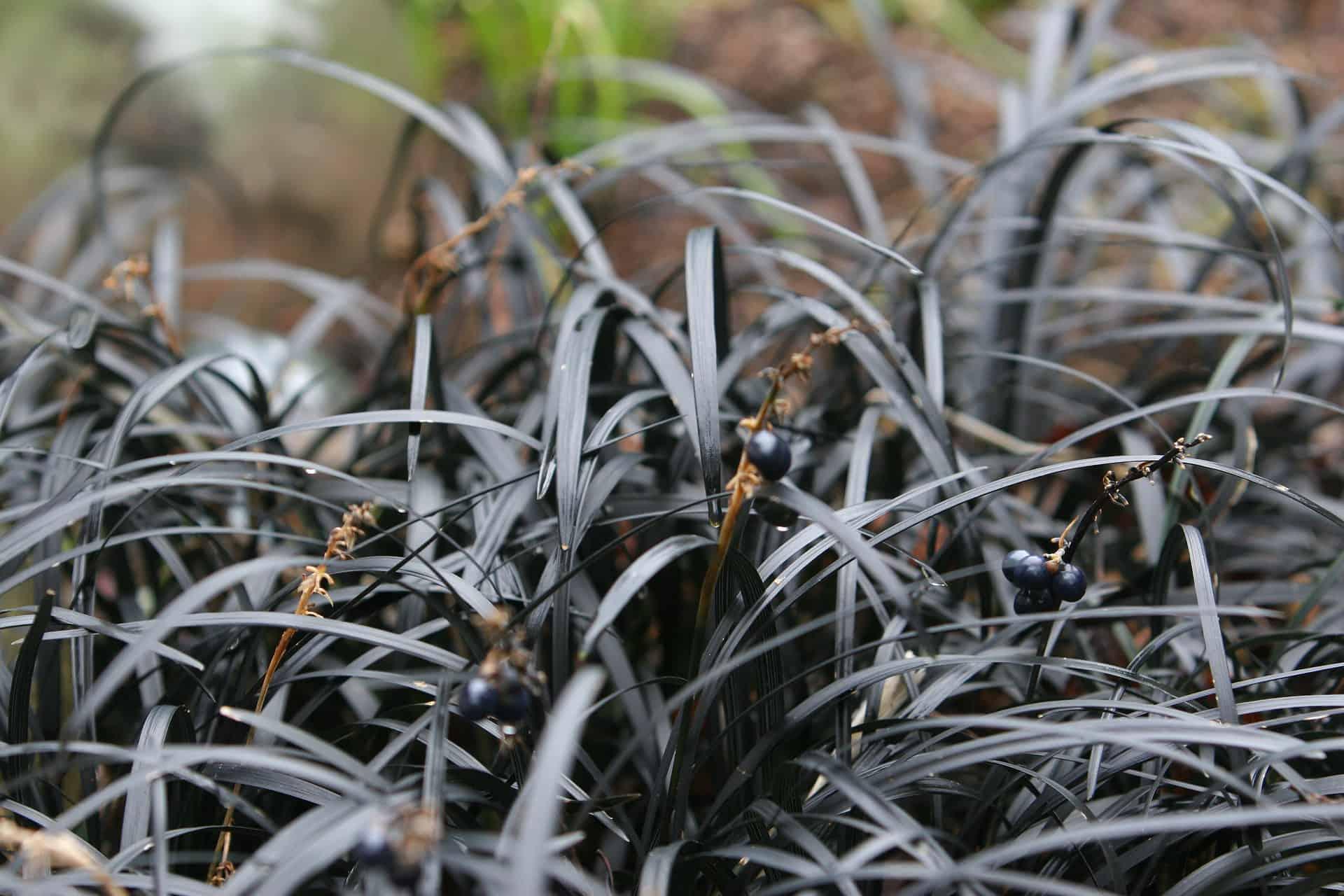America’s traditional manicured lawns have long been a symbol of wealth and status. However, these turf grass lawns come with their fair share of drawbacks. They require excessive water, maintenance, and chemical treatments, while also depriving pollinators of food and habitat. This is where clover lawns come in. In this article, we’ll explore the advantages of having a clover lawn and whether it’s the right choice for your outdoor space.
1. You can mow significantly less often with a clover lawn.
Unlike traditional grass lawns that require weekly mowing, a clover lawn only needs to be mowed a few times a year. With a height of 2 to 8 inches, white clover lawns are naturally low-maintenance. If you prefer a more manicured look, a midseason mowing can tidy things up. Additionally, having a mowed clover lawn before winter sets in can help prepare it for the colder months. Say goodbye to spending your weekends mowing the lawn!
2. Clover requires minimal water compared to traditional grass.
Clover lawns not only save you time but also reduce your water consumption. Unlike most grasses that require an inch or more of water per week, clover grass is drought-tolerant. It can stay green year-round, even in northern hardiness zones. By planting clover instead of grass, you’ll save both time and money on watering your lawn.
3. A clover lawn doesn’t need to be fertilized.
Clover is a legume that naturally takes nitrogen from the air and transfers it to the ground, improving soil quality. This means that if your lawn is a mix of grass and clover, the grass will be greener and healthier without the need for additional fertilizers. Clover is particularly beneficial for yards with poor soil or compacted areas.
4. In areas with heavy foot traffic, clover isn’t as durable as grass.
While clover on its own may not withstand heavy foot traffic or playing fields, it can be blended with turfgrass to create a strong and resilient lawn. However, be aware that white clover ground cover may appear patchy and bare in heavily traveled areas. Another thing to note is that clover stains clothing more than grass does. Additionally, clover is a short-lived perennial and may need reseeding every 2 to 3 years.
5. There’s no need for herbicides or pesticides with a clover lawn.
One of the significant advantages of a clover lawn is that it naturally crowds out weeds, thanks to its dense roots and fast growth. This means you can skip using herbicides altogether, as most herbicides will kill clover. Clover acts as its own herbicide, out-competing broadleaf weeds. Furthermore, clover attracts beneficial insects and wildlife, such as pollinators and rabbits, making it important to avoid applying pesticides that can harm them.
6. Clover seed is highly affordable.
Compared to many traditional grass varieties, white clover seed for lawns is incredibly cost-effective. It averages around $4 per pound, meaning that you can seed 1,000 square feet for as little as $1. Alongside its low watering, mowing, and pest control requirements, a clover lawn is a budget-friendly option.
7. Clover lawns can spread without high maintenance.
If your grass is sparse or brown, clover can easily take over those areas, especially if they’re shady. However, instead of competing with your grass, clover will help it stay healthy. As clover adds nitrogen to the soil, it benefits the overall condition of your lawn.
8. You can skip aerating with a clover lawn.
Unlike grass that benefits from regular core aeration, clover acts as a living mulch. It provides nutrients to the soil, prevents compaction, and promotes loose soil texture. The decomposing clover roots attract earthworms, which further enhance soil health. With a clover lawn, you can bid farewell to the tedious task of aeration.
9. Clover lawns attract beneficial insects.
Clover lawns are a haven for bees and other pollinators, including butterflies. These species are vital for our survival, but their numbers are dwindling due to habitat loss and pesticide use. While there is a slight chance of accidentally stepping on a bee and getting stung, you can opt for microclover, which produces fewer flowers or mow before the flowers bloom. Just remember that mowing the flowers off reduces the benefits for pollinators.
10. Clover is more drought- and shade-tolerant than most grasses.
Clover is a semi-evergreen or evergreen plant depending on the region and thrives in full sun to partial shade. In contrast, some turfgrasses scorch under the summer sun or become spindly in partial shade. Clover is moderately drought-tolerant, especially when the plants are spaced out. It shades the soil, reducing water evaporation and helping grass survive droughts.
11. Clover is soft underfoot and doesn’t discolor from pet urine.
One of the most appealing qualities of a clover lawn is its soft and cool texture. It’s like walking on a carpet, inviting you to go barefoot and experience the grounding benefits of connecting with the earth. Moreover, while dog urine can discolor most grasses, clover remains unaffected and maintains its green and attractive appearance.
Types of Clover for Lawns
When it comes to clover varieties for lawns, two popular options stand out.
- White Clover: Also known as Trifolium repens or Dutch clover, this variety is taller and features round, white, and fragrant flowers. It’s excellent for lawns, perennial cover crops, ground cover, or erosion control.
- Microclover: This dwarf variety of Dutch white clover has smaller leaves, fewer flowers, and doesn’t grow in clumps. It’s less aggressive at crowding out other plants and combines well with grass.
How to Plant a Clover Lawn
Planting clover is a straightforward process, especially if you’re ready to replant every 2 to 3 years.
- If you want an all-clover yard, remove the grass from your lawn. For a mixed lawn, seed the clover over the existing grass.
- Rake or scratch the surface of the area you want to plant.
- Sow clover seeds at a rate of 6 to 8 ounces per 1,000 square feet, ensuring an even distribution across the lawn.
- Lightly water or mist the soil after seeding and continue regular watering until the clover establishes itself.
- Avoid fertilizing your clover lawn as it’s unnecessary.
By following these steps, you can grow a beautiful and sustainable clover lawn that offers numerous benefits for both you and the environment.
Now that you’re equipped with knowledge about clover lawns, consider if this eco-friendly and low-maintenance option is the right fit for your outdoor space. Say goodbye to the constant mowing, excessive watering, and chemical treatments associated with traditional grass lawns. Embrace the beauty and practicality of a clover lawn, and enjoy a vibrant and natural outdoor setting.



